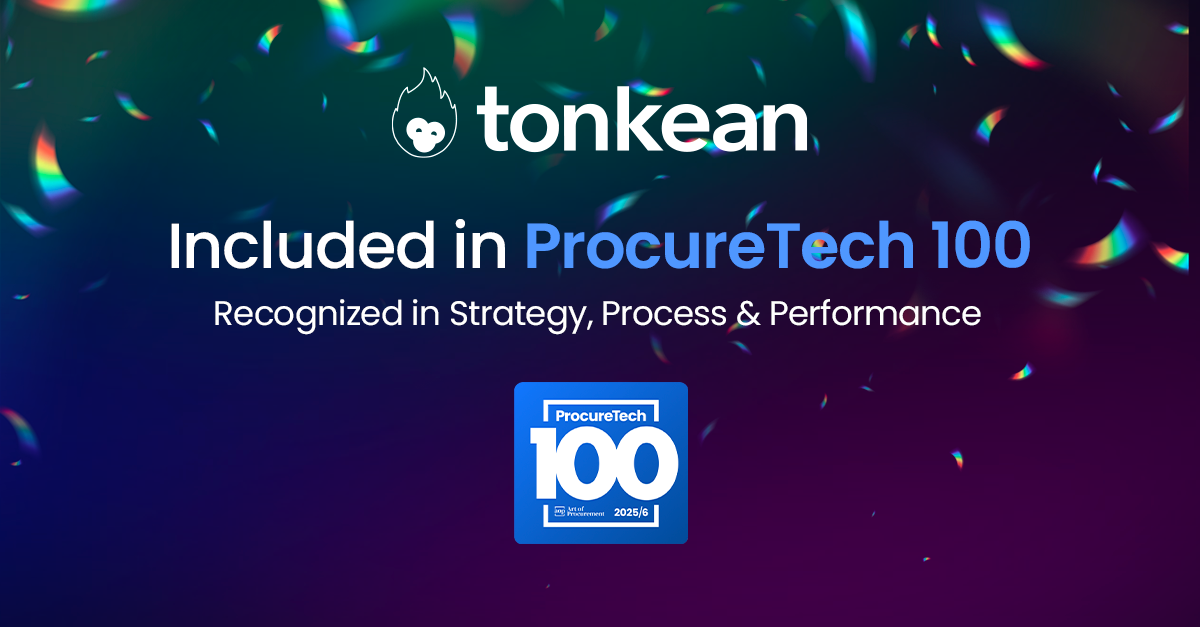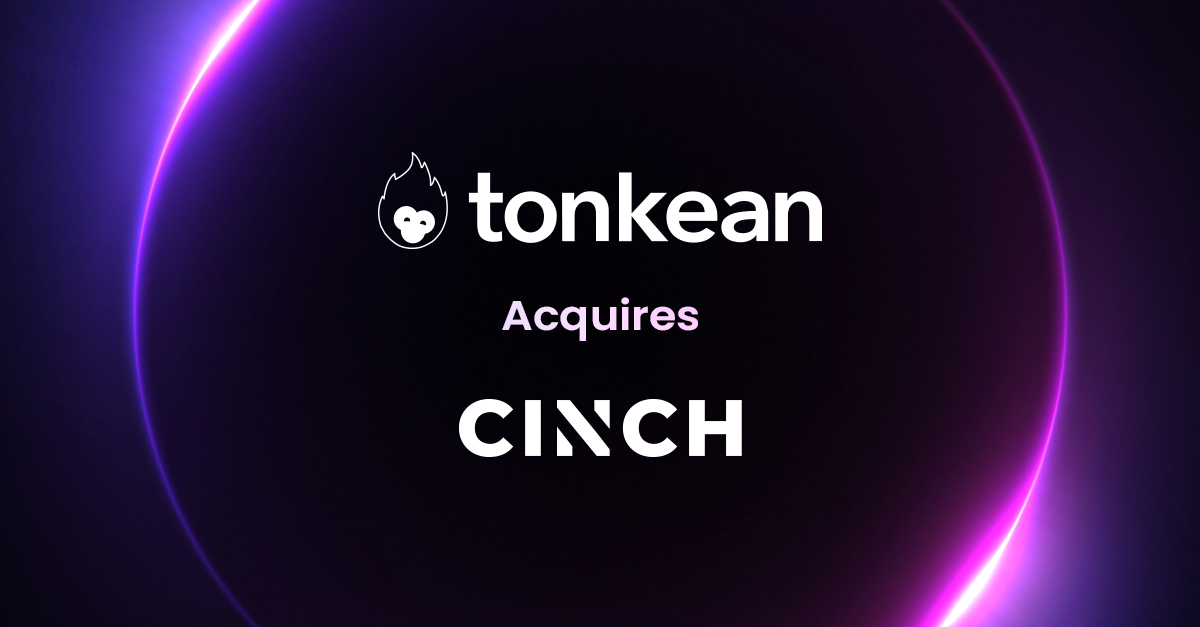
When it comes to creating great and effective procurement processes that succeed in helping procurement teams manage more spend, streamline compliance, and maintain profitability, it all starts with intake.
For employees, that’s their first impression. For procurement teams, if your processes break down at intake, or if your intake experiences dissuade or repel employees from completing buying experiences, everything about your job becomes exponentially harder, in part because you end up having to account for more “maverick” or off-contract spending, or you’re brought into the buying process damagingly late, or it becomes harder to build relationships with budget holders and internal stakeholders.
In fact, if inside your procurement department you find yourself dealing with these issues—off-contract spending, being brought into buying processes too late, struggling to provide business value, etc.—that is a major sign your intake-to-procure process might be broken.
But what exactly should you do if you realize your intake-to-procure process may indeed be broken?
This was the topic of a recent webinar discussion with Tonkean co-founder and CEO Sagi Eliyahu, Tonkean's Head of Procurement Daniel Coor, and the Art of Procurement’s Kelly Barner. (Watch the webinar below.)
Kelly set up the conversation about broken processes and possible solutions by asking which of the following could be improved by better intake-to-procure (I2P) processes:
The answer, of course, is all of the above.
But what are the signs your processes are broken? You’d think these would be obvious (and maybe in your particular case they are), and certainly you can look at certain data points to check on things like rogue spend. But there are simpler indicators, too.
A big one requires you to take a step back and evaluate your entire approach. Assuming you have all your processes neatly buttoned up and documented, ask: Did you build those processes for you as a procurement team, or for your customer?
If you built your processes only with the procurement team in mind, there’s a good chance you’ve already missed the mark and may need to rethink what you’ve created.
“At the end of the day, procurement is a support service,” said Dan. “We exist to make sure the business has the right good or service to get their jobs done.” Wise procurement teams understand that their role is more than just obstinately insisting that everyone follow their processes and then getting upset when they don’t.
Instead, look inward. Are you as a procurement team building processes and tools that make the work lives of other people in the business better? That help people actually do their jobs?
Another symptom of a broken I2P process is that people don’t know where to go to ask their question in the first place, let alone what to do when they get there. As Sagi noted, sometimes people don't even know what to ask.
That’s incredibly frustrating for requesters and procurement teams alike. It grinds processes to a halt—or even prevents them from kicking off at all.
And again, it doesn’t serve any purpose to put the blame onto the requesters. “People just want to do their jobs. And it's my job as a procurement person to empower them to do that successfully,” said Dan.
More than likely, if either or both of the above symptoms are present, you have low process adoption.
Just as evaluating the symptoms of broken processes may start at a very high level, so too do the solutions. At the end of the conversation, Kelly offered this keen observation: “From my standpoint, the two things I’m taking away from [this conversation] are mindset and methodology,” she said.
The mindset is about putting people first instead of processes. And when you’re looking to fix what’s broken, you should approach your role as a procurement professional with humility, curiosity, and an attitude of service.
“First, look inside,” said Sagi. “Do you even have the right process?” If you do (or when you do), the next step in solving the problem is remembering that, “It’s not about us. This is about them, the customers.”
In other words, design your processes people-first. Think through how requesters will be able to kick off a process. How they’ll know where to go to begin. And ways to proactively answer (or provide ways to answer) their questions.
One key way to do that is to meet people where they are. For example, if most of your requesters live in their email inbox, or on Slack or Teams, design a system that makes it easy for them to work within those environments.
It may sound daunting to do that, but it’s not. “Frankly, the technology exists,” noted Dan. There’s an ever-growing stack of tech tools designed for each and every and all parts of the procurement process–to automate, to superpower with AI, and so on. Use technology to make processes easier for everyone.
For instance, the above example is easily solved with Tonkean’s process orchestration platform. Tonkean wraps around any tool in your tech stack and allows you to create and edit automated workflows and processes in a 100% no-code interface. That means it can answer people’s questions from within Slack, for example. Tonkean also has a powerful tool called the AI Front Door, which provides an extremely simple GPT-powered interface where people can ask questions in plain language.
Sagi noted that beyond meeting people where they are and where they work, it’s critical to allow requesters “to ask it in a way that they ask, and not only force them into the flows that we've defined.”
He also pointed out that such an interface enables requesters to get what they need with few words, and without much context. An AI-powered system can understand so much more these days from an otherwise contextless sentence. “If someone says, ‘My monitor broke,’ you can automatically know that this is a commodity, and what they’re looking for is this thing, and then even suggest from the catalog two monitors that you can choose from [to order as a replacement].”
“Many people underestimate the shift that happened in the last couple of years for what technology can do,” said Sagi. “It just straight up could not have done it a few years ago.”
Though it’s folly to grab the hottest new tech and assume it will solve all your problems, it’s equally foolish to remain ignorant of what new tech can do for you. And it’s always best practice to start with the problem to solve and work backwards towards a tool that will help you.
Better processes mean better UX all around, for all stakeholders. For procurement teams, having strong I2P processes that people actually use solves lots of problems before they start. For example, you’ll see greater process adoption, which is a prerequisite for things like infosec and compliance.
And when more people in the business are in alignment with your processes, and you’re attuned to their needs, the entire organization will be better able to achieve its business goals.
Want to learn more about how you can use Tonkean to fix your Intake-to-Procure Process? Check out Intake Orchestration 101, our primer for procurement leaders on intake orchestration. And rewatch our webinar with Art of Procurement in full.

